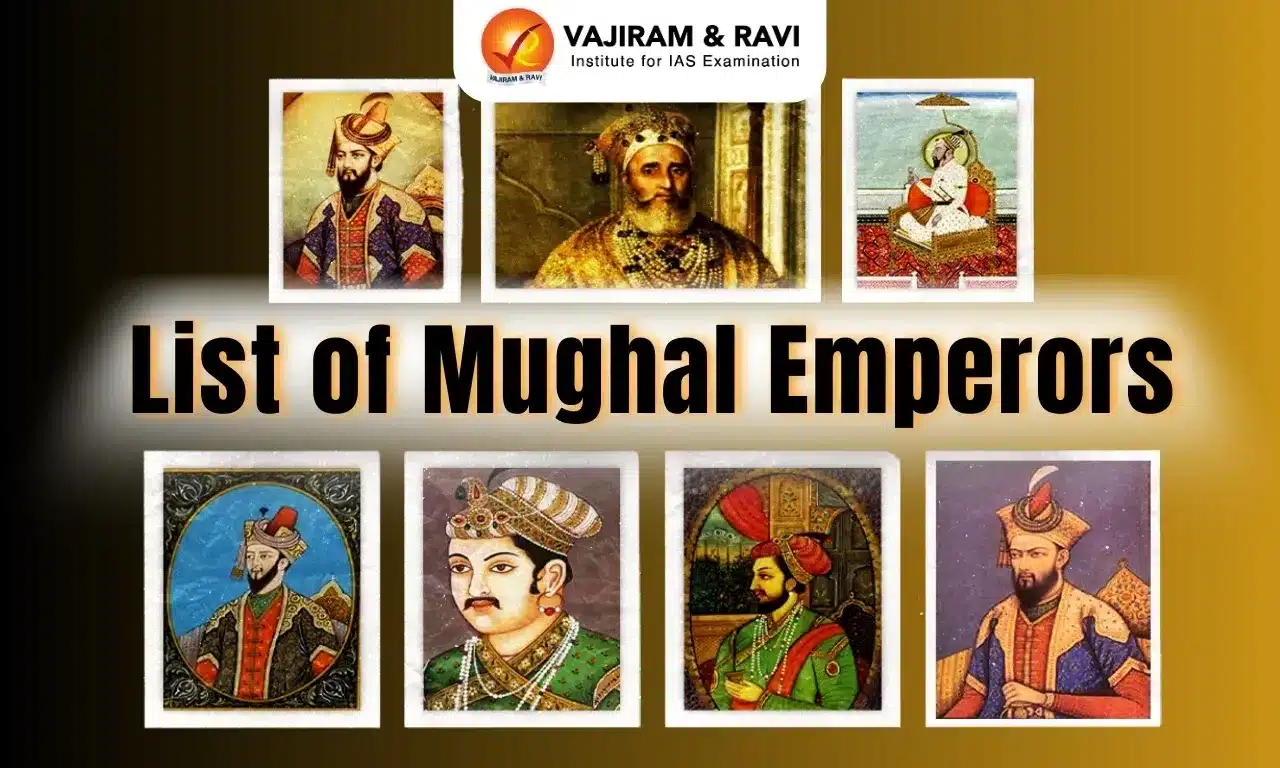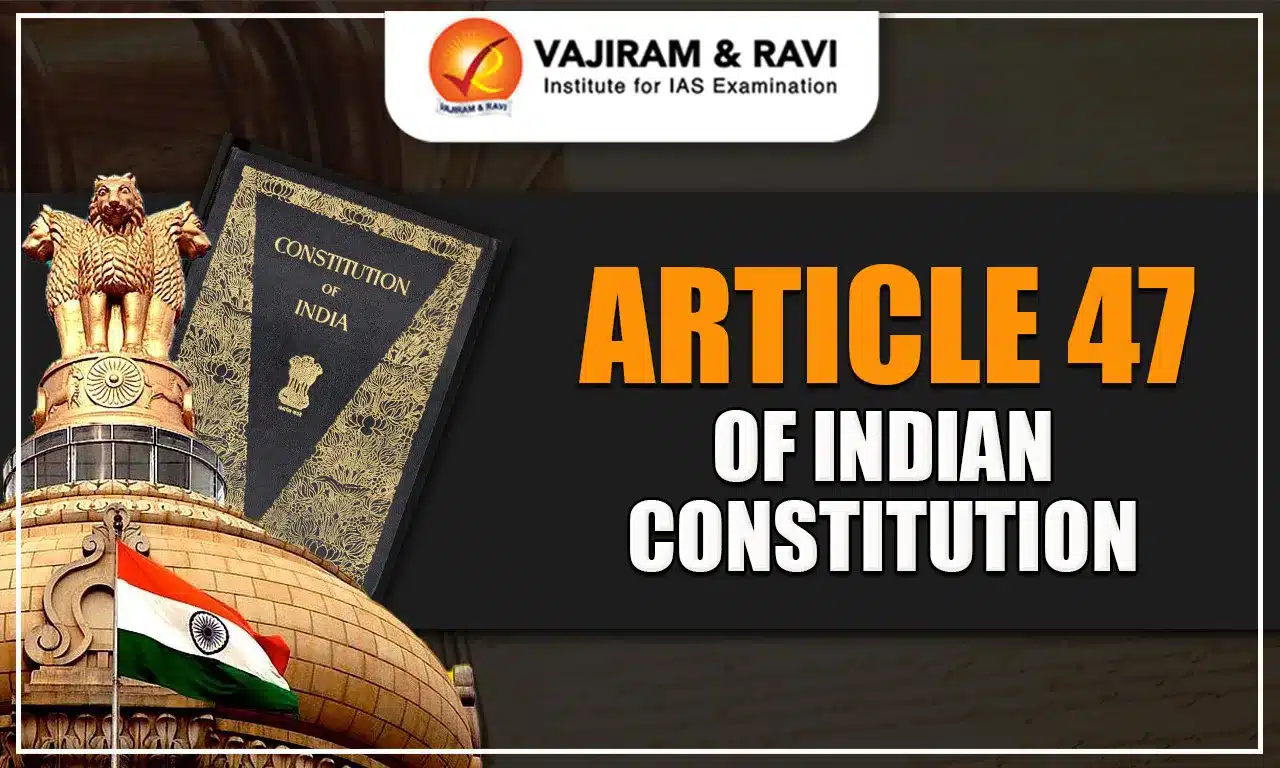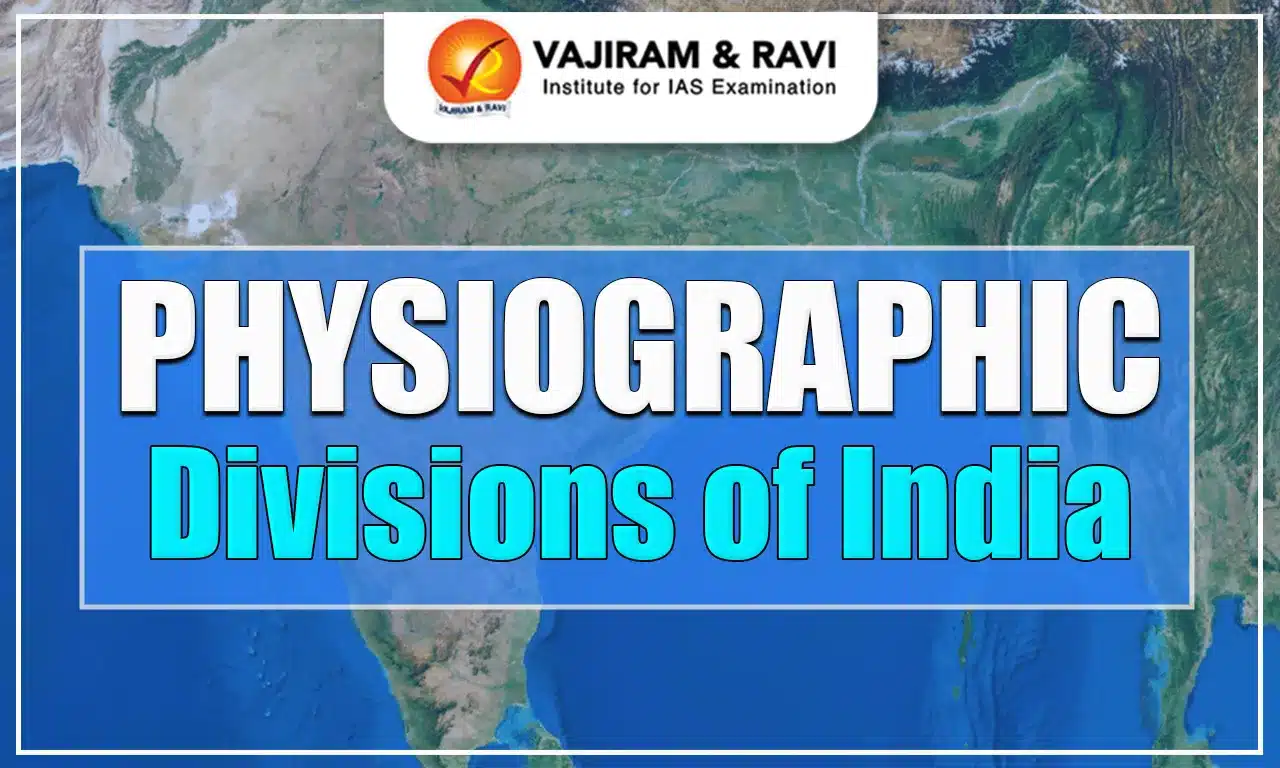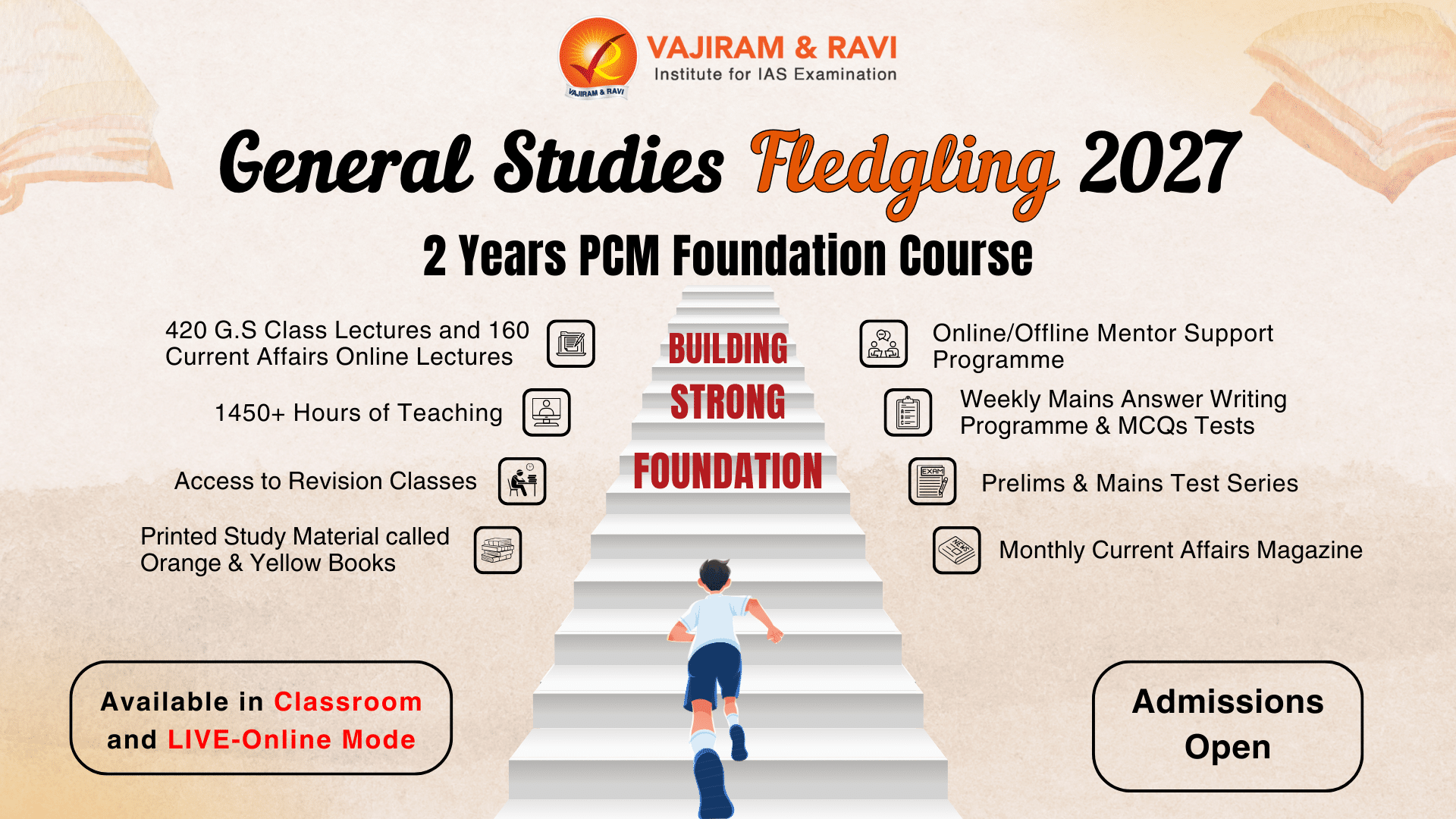The Mughal Emperors were known to be one of the most powerful emperors who ruled Indian history in between 1526 and 1857. Babur was the first Mughal ruler, who established the Mughal Dynasty after the First Battle of Panipat. This led to the introduction of efficient administration, Grand Architecture, Persian Art and its impact on India’s culture. In this article, we are going to cover the list of Mughal Emperors from 1526-1857.
History of Mughal Dynasty
The Mughal Dynasty was one of the most powerful dynasties in Indian History, founded in 1526 by Babur after winning the First Battle of Panipat against Ibrahim Lodi. Later, rulers like Akbar, Shah Jahan and Aurangzeb contributed in expanding the empire. Eventually after Aurangzab’s death in 1707, the mughal empire started getting weak due to succession struggles, regional revolts, and foreign invasions. This led to British dominance in 1857.
List of Mughal Emperors
The Mughal Empire lasted from 1526 to 1857. Below is a list of emperors of the Mughal Empire in chronological order:
|
Emperor |
Reign |
Death |
Known For |
|
Babur |
1526-1530 |
1530, Agra |
Founder of the Mughal Empire, known for his military skills and the use of gunpowder. |
|
Humayun |
1530-1540, 1555-1556 |
1556, Delhi |
Lost and regained the throne. |
|
Akbar |
1556-1605 |
1605, Agra |
Expanded the empire, introduced religious tolerance, and strengthened the administrative system. |
|
Jahangir |
1605-1627 |
1627, Bhimber |
Encouraged Persian art and culture, established diplomatic ties with the British |
|
Shah Jahan |
1628-1658 |
1666, Agra |
Patron of Mughal architecture; built the Taj Mahal, Red Fort, and Jama Masjid. |
|
Aurangzeb |
1658-1707 |
1707, Ahmednagar |
The last major Mughal emperor, expanded the empire to its greatest size. Faced strong resistance from Marathas, Rajputs, and Sikhs. |
|
Bahadur Shah I |
1707-1712 |
1712, Lahore |
Known for his weak rule, he was defeated by his brother Farrukhsiyar. |
|
Jahandar Shah |
1712-1713 |
1713, Delhi |
Weak ruler, assassinated by the Sayyid Brothers. |
|
Farrukh Siyar |
1713-1719 |
1719, Delhi |
Brief reign of 4 months before being overthrown. |
|
Rafi ud-Darajat |
1719 |
1719, Agra |
Also a short reign, marked by turbulence. |
|
Shah Jahan II |
1719 |
1719, Agra |
A puppet ruler, during the period of political chaos. |
|
Muhammad Shah |
1719-1748 |
1748, Delhi |
Witnessed the invasion of Nadir Shah, who plundered Delhi. |
|
Ahmad Shah Bahadur |
1748-1754 |
1775, Delhi |
Incompetent ruler, the empire fell under noble control. |
|
Alamgir II |
1754-1759 |
1759, India |
Assassinated due to court intrigues. |
|
Shah Jahan III |
1759-1760 |
1772, India |
Nominal ruler with no real power. |
|
Shah Alam II |
1760-1788, 1788-1806 |
1806, Delhi |
Defeated at the Battle of Buxar, ruled under British influence. |
|
Shah Jahan IV |
1788 |
1790, Delhi |
Real name, Bidar Bakht Mahmud Shah Bahadur, was deposed by Ghulam Kadir |
|
Akbar II |
1806-1837 |
1837, Delhi |
Reduced to a ceremonial figurehead. |
|
Bahadur Shah II |
1837-1857 |
1862, Rangoon |
Last Mughal emperor, exiled after the Revolt of 1857. |
Famous Rulers of Mughal Empire
The Mughal emperors played a significant role in shaping India’s history, politics, and culture. Their reigns influenced governance, architecture, and societal structures, leaving a lasting impact on the subcontinent. Here are some of the most influential rulers of the Mughal Empire:
- Babur (1526–1530)
A descendant of Timur and Genghis Khan, Babur defeated Ibrahim Lodi in the Battle of Panipat (1526), marking the beginning of Mughal rule in India.
His key contributions include the introduction of gunpowder warfare and the establishment of a centralized administration with Persian cultural influence. - Akbar (1556–1605)
Akbar ascended the throne at the age of 13 and significantly expanded the empire through military conquests and diplomacy.
He is known for advocating religious tolerance, implementing an efficient tax system (Zabt), and introducing important military reforms. His legacy includes the promotion of Hindu-Muslim unity through Din-i-Ilahi, which earned him the reputation of being the greatest Mughal emperor. - Shah Jahan (1628–1658)
Shah Jahan’s reign is often referred to as the golden age of Mughal architecture. He is best known for his contributions to architecture, including the construction of the Taj Mahal, Red Fort, and Jama Masjid. - Aurangzeb (1658–1707)
Aurangzeb expanded the Mughal Empire to its largest territorial extent but faced significant resistance.
He strengthened the military but imposed strict religious policies, which led to widespread discontent. His reign saw internal revolts that ultimately weakened the empire and contributed to its decline.
Each of these emperors played a crucial role in shaping India’s history, leaving behind a legacy that continues to be studied and debated today.
Reason Behind Decline of the Mughal Empire
After Aurangzeb’s death, the Mughal Empire started declining due to various reasons, including external and internal factors:
- After Aurangzeb, the mughal empire didn’t see the emergence of any strong ruler leading to instability due to policies of later Mughals.
- Corruption, lack of reforms and heavy taxation weakened the economy.
- The rising power of rajputs, marathas and sikhs reduced the control of mughals over India. Ahmad Shah Abdali and Nadir Shah constantly invaded and plundered Delhi, further weakening the empire.
- The Battle of Buxar (1764) and British diplomacy reduced the Mughal emperor to a mere figurehead. The Revolt of 1857 marked the final collapse of Mughal rule.
The Mughal Empire played a crucial role in shaping Indian history. From Babur to the Later Mughals, their rule saw great achievements and eventual decline. The empire’s influence on art, architecture, and governance remains significant.
Last updated on August, 2025
→ UPSC Mains Admit Card 2025 will be released soon at www.upsc.gov.in.
→ UPSC Mains 2025 will be conducted on 22nd August 2025.
→ UPSC Notification 2025 was released on 22nd January 2025.
→ UPSC Calendar 2026 is released on 15th May, 2025.
→ UPSC Prelims Question Paper 2025 and Unofficial Prelims Answer Key 2025 are available now.
→ UPSC Prelims Result 2025 is out now for the CSE held on 25 May 2025.
→ The UPSC Vacancy 2025 were released 1129, out of which 979 were for UPSC CSE and remaining 150 are for UPSC IFoS.
→ UPSC Prelims 2026 will be conducted on 24th May, 2026 & UPSC Mains 2026 will be conducted on 21st August 2026.
→ The UPSC Selection Process is of 3 stages-Prelims, Mains and Interview.
→ UPSC Result 2024 is released with latest UPSC Marksheet 2024. Check Now!
→ UPSC Toppers List 2024 is released now. Shakti Dubey is UPSC AIR 1 2024 Topper.
→ Also check Best IAS Coaching in Delhi
List of Mughal Emperors FAQs
Q1. Who were the 7 Mughal emperors?+
Q2. Who was the 19th Mughal emperor?+
Q3. Who was the 17th Mughal emperor?+
Q4. What is the order of the Mughal emperors?+
Q5. Who is the real father of Akbar?+
Tags: List of Mughal Emperors















